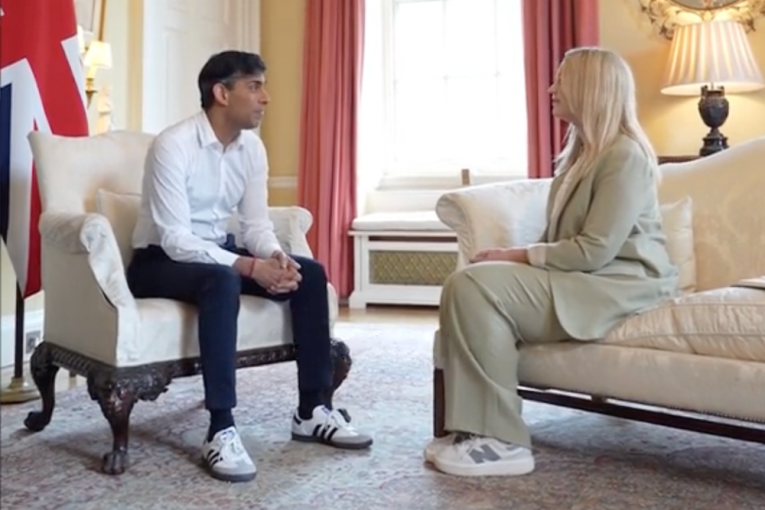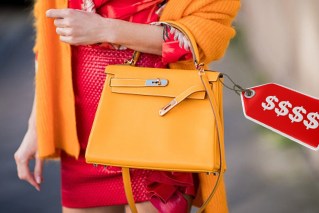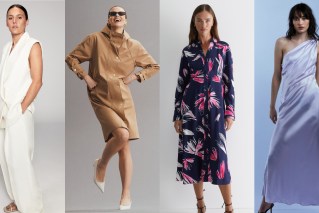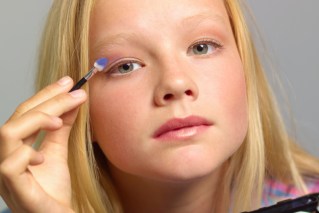Shopaholics acquire a new label: Buying-shopper disorder


I've got a problem, okay? Compulsive shopper research goes back to the greed-is-good 80s. Photo: Getty
Australian researchers have developed diagnostic criteria that potentially allows psychologists to more accurately diagnose the severity of Buying-Shopping Disorder in their patients.
The new study adds to almost 100 years of research into a problem that has yet to be formally included in the International Classification of Diseases (ICD-11), but was recently listed as an example of “other specified impulse-control disorders”.
As the researchers write, in a prepared statement: “Excessive or uncontrolled buying or shopping is a highly prevalent, disabling and growing problem, yet measuring the extent and effects of this significant psychological problem and social issue remains problematic.”
“No measures exist to assess the severity of excessive buying or shopping that are based on proposed diagnostic criteria, and this limits ongoing research efforts,” said Flinders University’s Professor Mike Kyrios, co-author of a new paper, and co-designer of the new Excessive Buying Rating Scale (EBRS).

Was Carrie Bradshaw the poster girl for a crippling disease? Photo: supplied
Dr Dan Fassnacht, Lecturer in Psychology at Flinders University and co-investigator of the research, explains that having strong beliefs about the benefits of buying were significant predictors of excessive buying severity.
“Strong beliefs that buying an object will lead to emotional security or that not purchasing the object will lead to a loss of opportunity explains to some extent why people can’t control their urges to buy,” says Dr Fassnacht.
Professor Kyrios adds: “Buying appears to be a strategy that we use to compensate for deficiencies that we see in ourselves. Those who are more uncertain about their self worth are more likely to succumb to excessive buying or shopping and to develop relevant unhelpful beliefs.”

Exhibit A: Sex and the City-style shopping parties. These victims put on a brave face. Well, three of them do, anyway. Photo: supplied
According to the new paper’s abstract, “Being female and having heightened buying cognitions (thoughts of shopping) were significant unique predictors of excessive buying severity.”
It also found that “Younger age and greater self-ambivalence (mixed feelings about oneself), but not higher depression levels were associated with excessive buying severity.”
The well-shod body of research
A 1988 study, ‘On compulsive shopping and spending: a psychodynamic inquiry’ found that “an impulse disorder” is at the centre of “a specific psychodynamic complex with common developmental precursors of pathological narcissism… (and) are distinguished from other symptomatic uses of money and impulsive acts.”
A 2007 paper, ‘A review of compulsive buying disorder’, said the disorder was found worldwide and had a lifetime prevalence of 5.8 per cent in the US general population.
The author, Donald W. Black, a professor of psychiatry at the University of Iowa, observed that “Compulsive shopping tends to run in families, and these families are filled with mood and substance use disorders. There are no standard treatments.”
Identified a long time ago, but ignored for 80 years
Dr Black noted that compulsive buying disorder (CBD) was first described clinically in 1915, in a psychiatry textbook.
Dr Black said that CBD attracted little attention throughout the 20th century except among consumer behaviourists and psychoanalysts. Interest was revived in the early 1990s, when clinical cases from three independent research groups appeared.
From his own research, Dr Black said there are four distinct phases of CBD:
- In the first phase, the person with CBD “develops thoughts, urges, or preoccupations with either having a specific item, or with the act of shopping.”
- The person prepares for shopping and spending. “This can include decisions on when and where to go, on how to dress, and even which credit cards to use.”
- The third phase involves the actual shopping experience, which many individuals with CBD describe as “intensely exciting, and can even lead to a sexual feeling.”
- Finally, the act is completed with a purchase, “often followed by a sense of let down, or disappointment with oneself.”
Is there a way back?
Medication has proved an unreliable treatment. Group therapy has had some promising results.
Dr Black has developed “a set of recommendations” in which patients should:
- Admit that they have CBD;
- Get rid of credit cards and chequebooks, “because they are easy sources of funds that fuel the disorder”;
- Shop with a friend or relative; “the presence of a person without CBD will help curb the tendency to overspend”;
- Find meaningful ways to spend one’s leisure time other than shopping.








